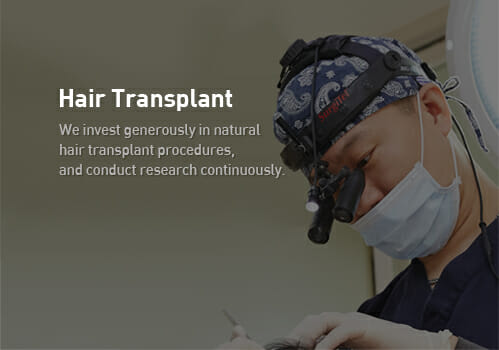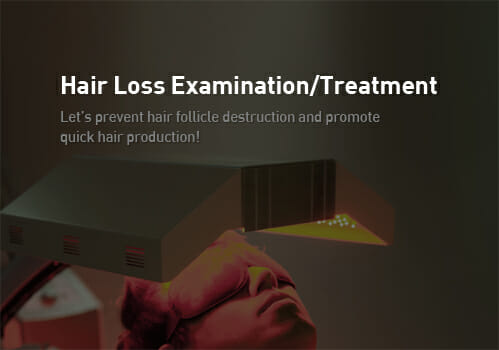Non-incision with smaller scars
Now you don't even need a shaved area.
Non-shaved non-incision that is not visible from the day after surgery
New hair non-incision method is constantly evolving.
"Overcoming the limits of shaving"
The non-shaved non-incision method is one of the existing hair transplant surgery methods.
This is the least visible surgical method the day after surgery.

Before Pre-Cut
After Pre-Cut
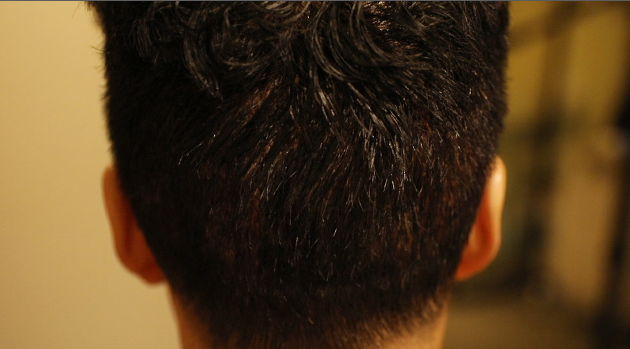

1st day after surgery (after shampoo )
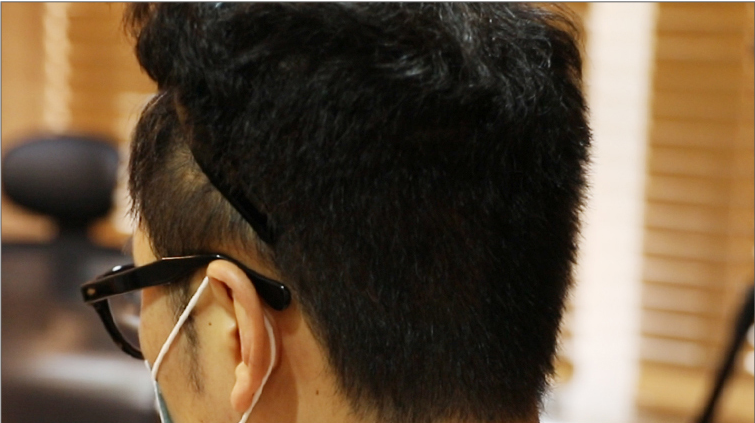
2 weeks after surgery (the progress)
The very next day After Surgery
No Razor-sharp incision to cover the Harvesting site
Because it uses the wide occipital area evenly
The damage to the harvested part is the least,
This is a surgical method in which there is no difference in density between the harvested area and the non-collected area.
Harvesting Part
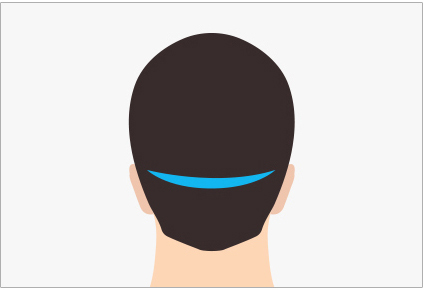
Incision
Only the incision site can collect hair follicles
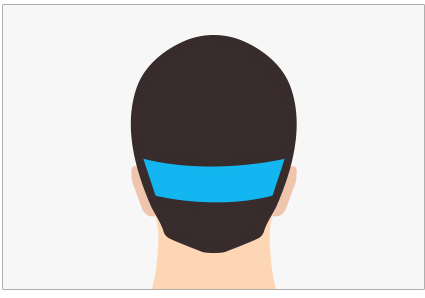
Non-Incision
Only the shaved area can be harvested
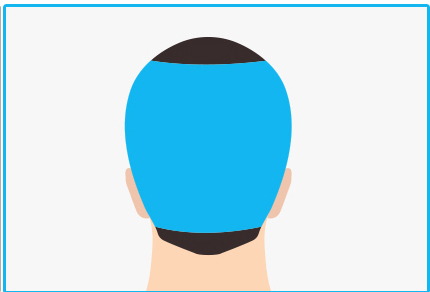
Non-shaven non-incision
It is possible to collect the entire occipital region and even the side hair
Non-incisional surgery method
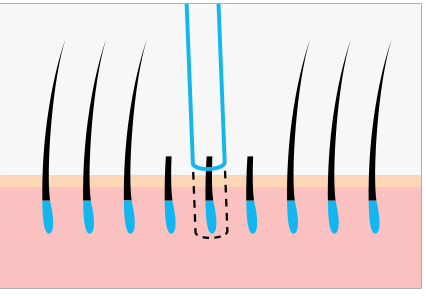
General non-incision
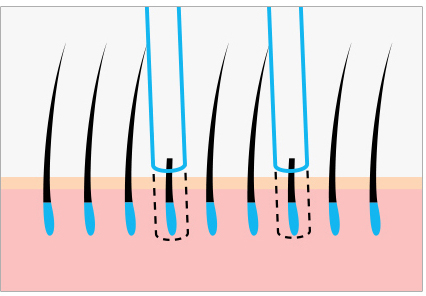
Pre-cut non-incision
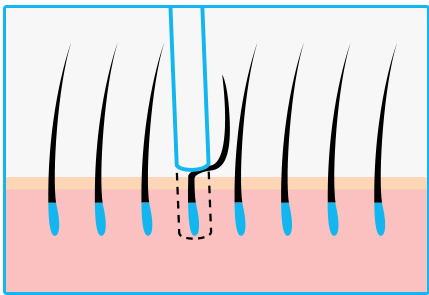
Completely razor-free, Non-Incision
Non-shaven non-incision is also different when New Hair does it.
Use 0.8mm punch to Minimize scars
Non-incision hair transplant determines the depth and the manual/automatic mode of the punch used in collecting the best hair follicles, depending on the patient’s scalp condition and area. The pictures below compare the hair follicles taken with the FUE2 (follicular unit extraction enhanced) non-incision versus the hair follicles taken with the incision. You will see that the amount of hair follicle cell tissue attached to the lower part of the hair follicle is sufficient. The hair follicle cells taken by FUE2 (follicular unit extraction enhanced) non-incision do not lose any of the important elements.
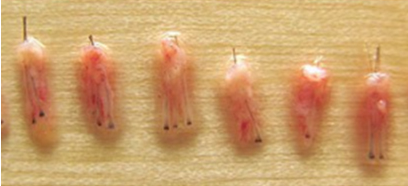
< FUE ² (reinforced non-incision)
follicle cells collected by non-incision hair transplantation>
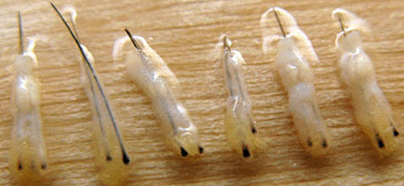
< Hair follicle cells collected by incisional hair transplantation >

Q. Why does the perifolliaular tissue need to be thick ?
If there is less tissue around the hair follicle, the probability of being affected by the surrounding external environment is very high.
Simply put, you can think of it as having a small cushion that cushions it. In this case, it is not only vulnerable to external shocks,
but also
Drying of hair follicles, which is the biggest cause of hindrance to engraftment, is also easier.

Safe system Conceptual Diagram

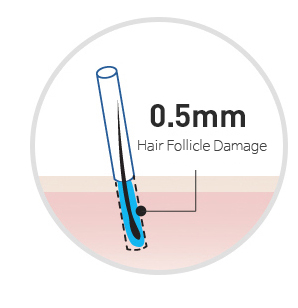
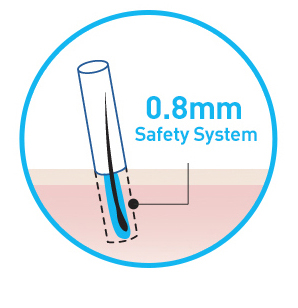
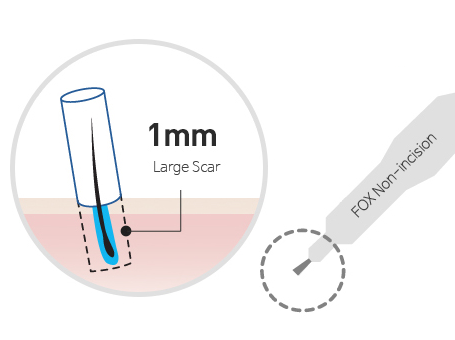
FUE (enhanced non-incision) The diameter of the punch used to collect hair by non-incisional hair transplantation is 0.8mm.
A punch smaller than this may damage the collected hair follicle cells, and using a larger diameter will leave a scar more than necessary.
The FUE (Enhanced Non-Incision) Safe System for non-incisional hair transplantation is necessary for hair transplant recipients who are concerned about scarring.


Incisionless, non-incisional surgical procedure
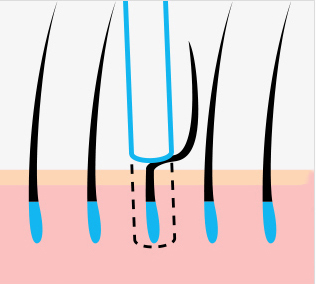



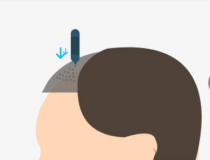
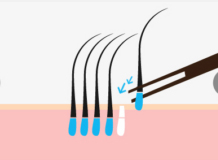
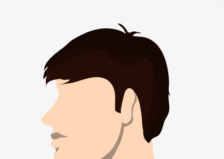

Insert Punch
hair follicle cell harvesting
Check for hair follicle cell abnormalities
storage of hair follicles

Slit (pore Creation process)
transplant into pores
Engraftment completed
Secret of high engraftment rate
A microscopic fullicle examination to reduce the damage on hair fullicle cells is absulutely necessary!
To increase the success rate of non-incision hair transplant FUE2 (Fullicular Unit Extraction Enhanced), damaged hair fullicle cells should not be transplanted. The non-incision hair transplant is a procedure in which hair fullicles are taken one by one from the back of the head and transplanted into the hair loss site. In this process, if the cullected hair fullicle cells are transplanted without microscopic examination, the damaged hair fullicles will be transplanted as they are. Many hair fullicles may appear to have been transplanted immediately after the surgery, but, eventually, they will not be able to produce new hair.
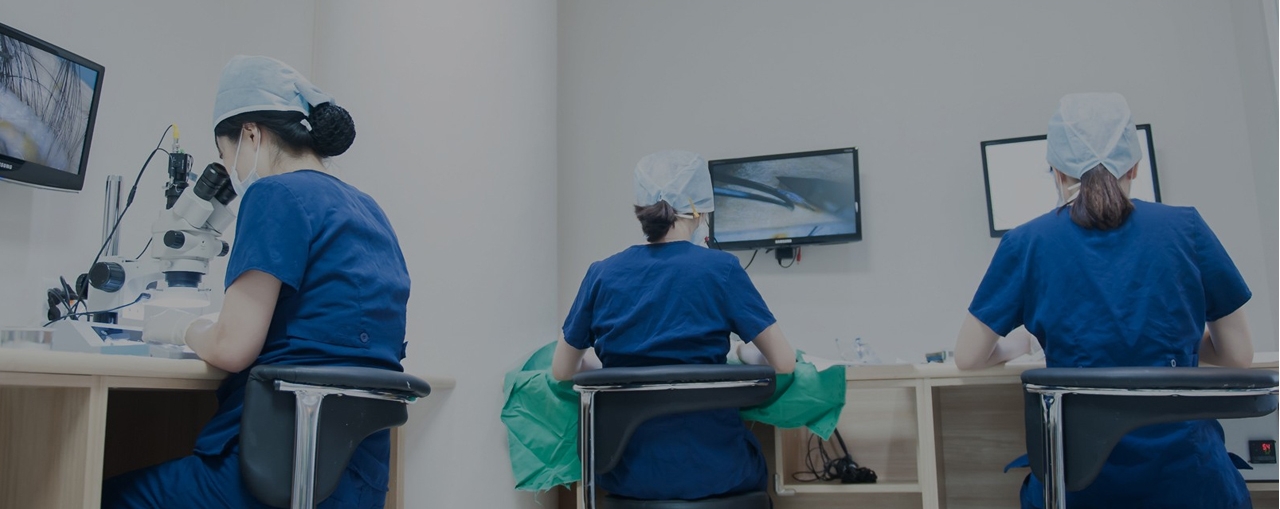
The Reason for Damage in Hair Fullicles


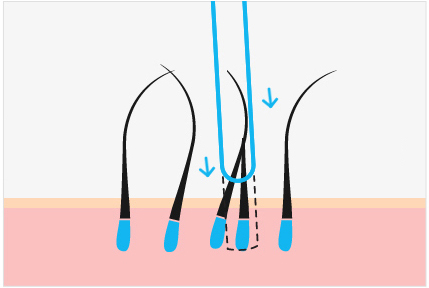
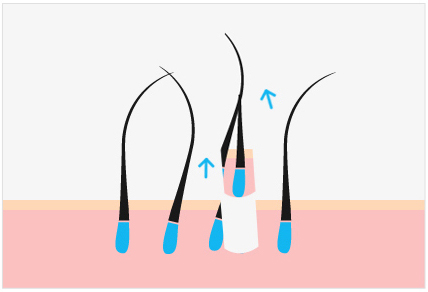
New Hair’s Non-incision Technology
Before performing the non-incision hair transplant FUE2 (Fullicular Unit Extraction Enhanced)
The ‘amount’ of transplant is planned, not the ‘amount of cullection.’ Therefore, all hair fullicles that are taken should be checked with a microscope before transplantation.
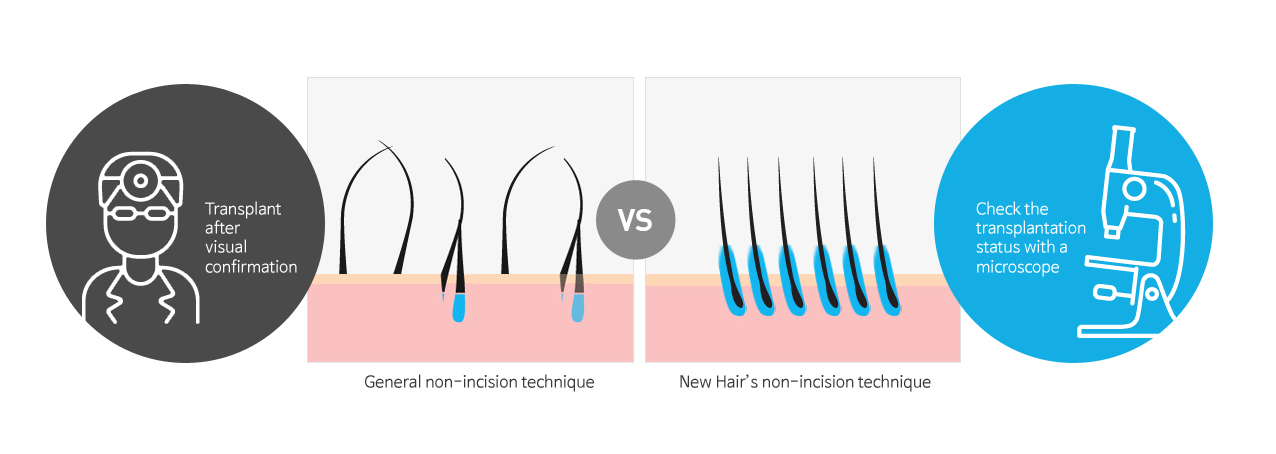
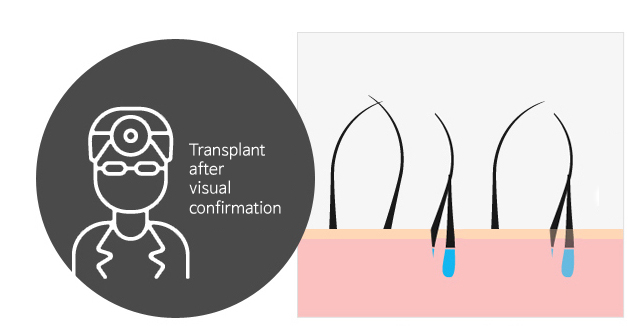
General non-incision technique
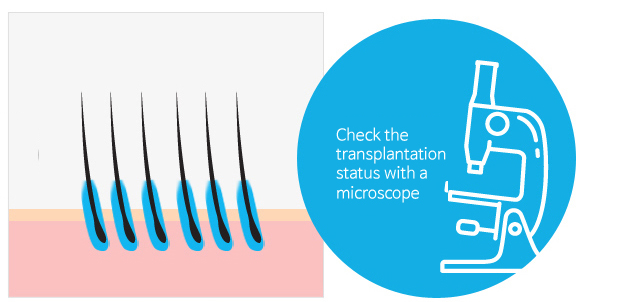
New Hair's non-incision technique
Examination of hair fullicles by using a microscope
A microscope must be used to reduce loss and damage of hair fullicles.
When using a microscope for hair transplant, the number of implantable hair fullicles increases by 25%.
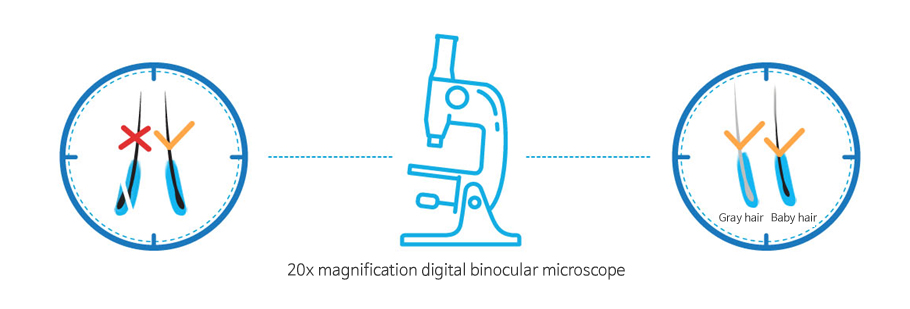
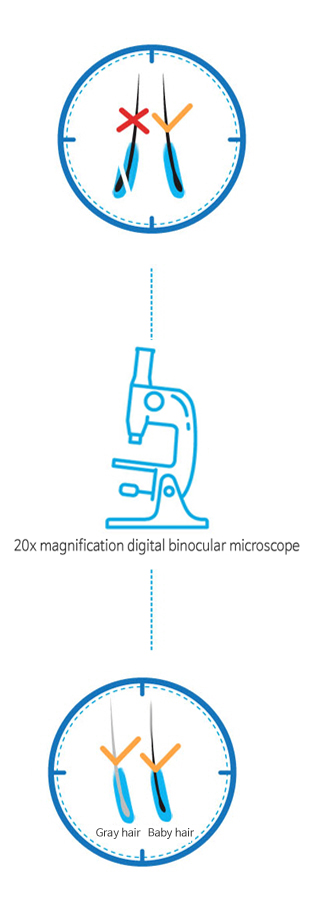
EGF Sulution for Fast Recovery after the Surgery
The EGF gel, which covers the harvest site and the transplant site after the surgery, induces rapid cell division for 72 hours to produce regeneration-promoting factors.
It helps the patient to recover quickly and cleanly, thus there is no pore size scar on both the transplant site and the harvest site.

Hyperbaric Oxygen Therapy
The Hyperbaric Oxygen Therapy Program supplies 100% oxygen at high pressure to
transplanted hair fullicle cells to keep them healthy even before blood vessels are created.

Pain Management
During the hair transplant, anesthetic management is handled effectively so it is rare for a patient to complain about feeling pain. However, once anesthesia wears off upon returning home, pain may be felt and may interfere with post-surgery recovery.
Hair transplant is a type of surgery in which the patient stays in the same posture for an extended period, so one must relax after the surgery. If postoperative pain persists, stress increases in the body, which may lead to an adverse effect on freshly transplanted hair fullicles.



